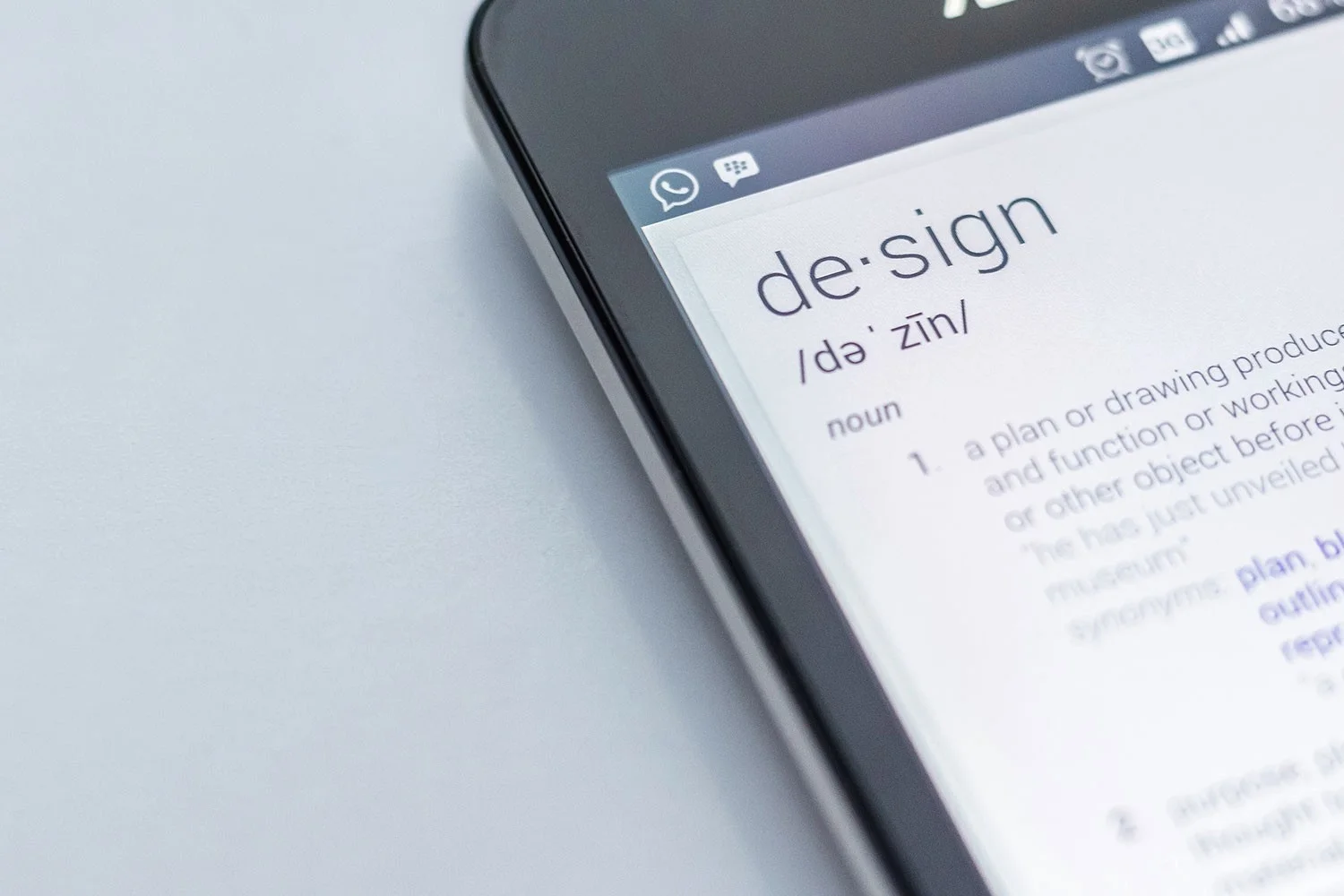Until recently, I’d never heard the term full-stack designer — I’d only heard of full-stack developers. I thus asked a friend of mine working in the industry what that meant to him. He explained the term as a developer who feels comfortable working on either the front-end or back-end using a variety of programming languages.
I filed that knowledge away and didn’t think much more about it. Cut to a few years later and I’d been in my first role at a tech startup for around two years. I worked cross-functionally on both the Marketing and Product teams, but my official title was “web designer.” This title seemed too specific to me as I worked on a variety of projects like corporate branding, responsive web design, user research, and product design. I didn’t want to be pigeonholed, but I couldn’t think of a title that wouldn’t pigeonhole me. When I sat down with my manager, he asked if I wanted to transition more specific UX track or visual design track. I didn’t have an answer and the discussion evolved into questioning what I wanted out of my design career. The only thing I knew for sure was that I didn’t want to pick only one area to specialize in because I truly enjoyed working on such a wide range of projects.
Since that discussion, this question continues to stump me. I’m sure many creatives can relate to that near-constant itch to redesign your online portfolio. Or…maybe that’s just me. Either way, every time I begin a redesign, I find myself trying on new titles. I’ve cycled through UX Designer, UX/UI Designer, Visual Designer, Digital Designer, and more. Inevitably, I end up feeling boxed in and changing it again, knowing the whole time that I am absolutely over-thinking this.
Last week, I stumbled across Dustin Cartwright’s article, What is a full-stack designer, and should you be one? I instantly felt a kinship with anyone who preferred being defined by the breadth of their skills, rather than by a single specialty. Turns out the article is two years old and while Cartwright predicted this title would enter the mainstream job market, I’ve yet to see a job posting for a Full-Stack Designer. This got me thinking…why didn’t this idea take off, when in the engineering world, we’ve only seen an increase in demand for full-stack developers?
As is the case with any new industry term, I think the main issue is that there’s no solid definition for what a full-stack designer is or does. Based on what I know of the engineering equivalent, I would describe a full-stack designer as someone who feels comfortable working on a design project throughout its entire lifecycle. This includes contributing to initial conception and user-centered strategy through sitemaps and information architecture. From there, the designer should feel comfortable moving into UX-informed wireframes, user research and usability testing, followed by applying visual styles and eventually creating functional prototypes. And with the advent of newer prototyping tools like Sketch, InVision, and Framer, creating usable high-fidelity prototypes is no longer limited to those with just JavaScript knowledge.
Most designers are familiar with this process, with some choosing to specialize in certain areas like user research or visual design. Others, like myself, may feel comfortable contributing every step of the way while recognizing they’re not an expert in any particular discipline. In my opinion, this desire to work across the entire design lifecycle rather than focus on a single piece is what embodies the idea of the full-stack designer. I definitely wouldn’t mind if this title stuck around–as company needs continue to change and evolve, it only makes sense that our roles evolve with them.
Originally posted on KHJ.com on February 2, 2018
